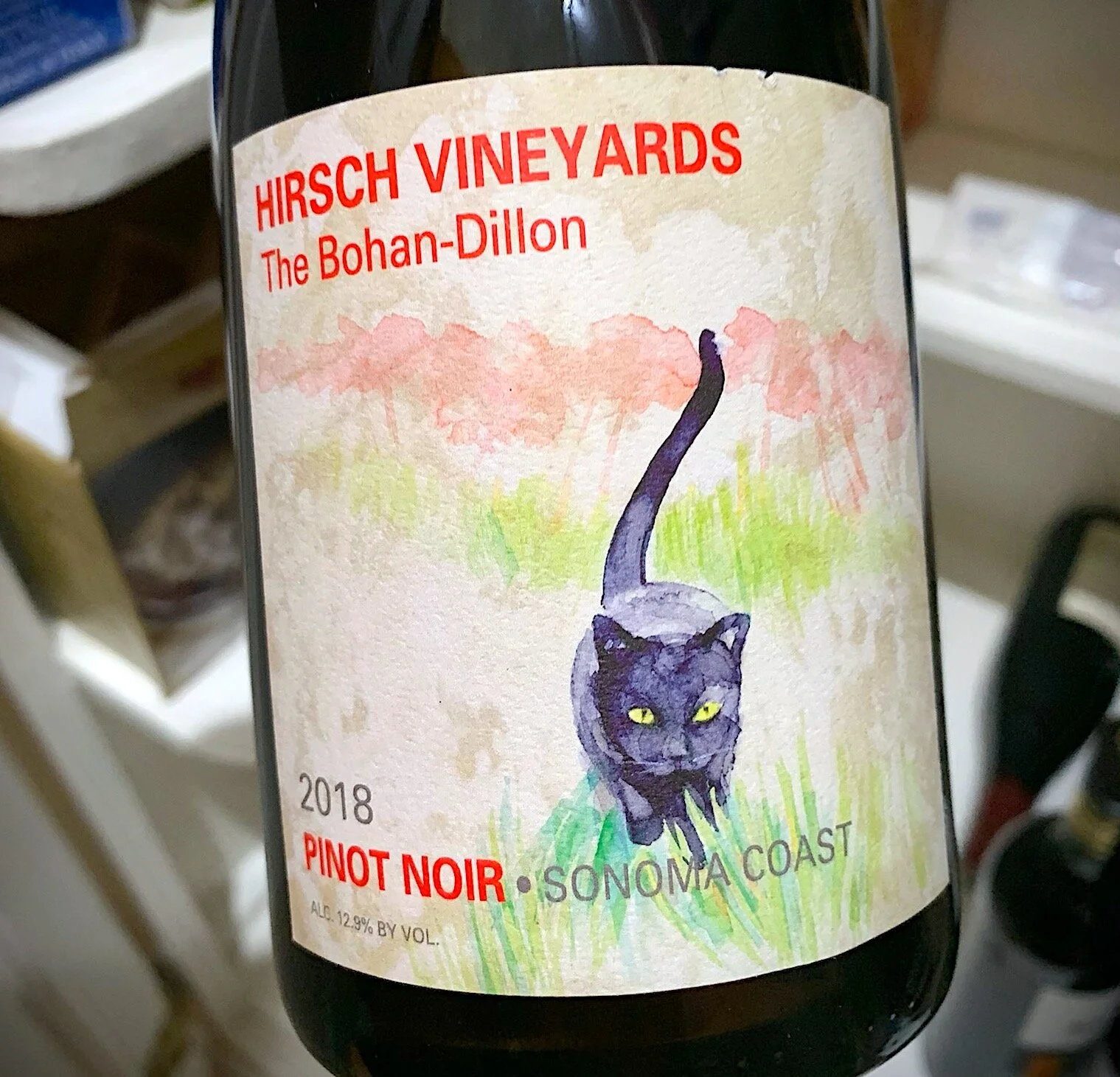Lots of people asking me when we’re going to start a single barrel Scotch program here at Mission, in line with the program I helped create at my previous employer.
The answer: as soon as we’re ready. Single barrel selections are what I built my reputation on, so it’s a given that I’ll want to dip into that well again ASAP.
That being said, here’s the issue with single barrels that I want more people to understand: when they become the rule rather than the exception, you lose the context within which they gain their value and their meaning.
To give you an example: HBO is an amazing network and it dominates much of my screen time these days. I loved The Undoing. I also very much enjoyed Murder on Middle Beach. Now I’m on to How To With John Wilson. There’s so much good programming to watch just on HBO.
But what happens when I go to a party and everyone’s talking about The Queen’s Gambit on Netflix? I have no context if all I watch is HBO. Hence, I can’t be a part of the conversation and offer an opinion.
Context is everything in the world of wine and whiskey appreciation. If you don’t know what else is out there, then you can’t say for certain whether something is or isn’t worth the money.
It’s the same reason people say traveling is so important for young people; when you have context for the world as a whole, you can better appreciate your situation or what you want out of life.
Single barrels are a fun contrast to the standard marketplace, but what they offer in value and uniqueness they often lack in complexity and nuance. For me, they’re more like educational curiosities and opportunities for exploration than they are polished products.
But there’s more to it than that.
First off, single barrel whiskies are rarely better than standard editions. When I go to Scotland, maybe 10-15% of the barrels I taste are worth looking into. Then it’s about price from that point on.
Second, single barrel whiskies only gain a uniqueness if you have the context from the standard edition.
To give you another example, if you’ve never had the standard Balvenie whiskies, how can you understand if a single barrel edition of Balvenie offers value, or maybe a new and interesting flavor that you can’t get from the standard editions?
This goes back to my initial blog post and how many modern consumers value specs over flavor. People see that Macallan 25 costs $2000, so they get excited about buying a 25 year old single cask for $400.
But they’re not the same thing. They’re not even close.
A single barrel of 25 year old Macallan is a fun experience, but it’s not like you’re getting a $1600 discount on the same whisky.
As an aside, I tasted an older single barrel of Balvenie last week with my buddy David from William Grant. We both agreed it was delicious. But then I tasted the official Balvenie 30 year old edition and wanted to cry because it was so damn incredible. If you’ve never had Balvenie 30 year, it’s one of the best whiskies that money can buy at any price.
In my mind, I’d rather splurge on the 30 than settle for the single barrel. But I have that context, so I can say one way or the other.
The point is: you need to try everything.
-David Driscoll




















